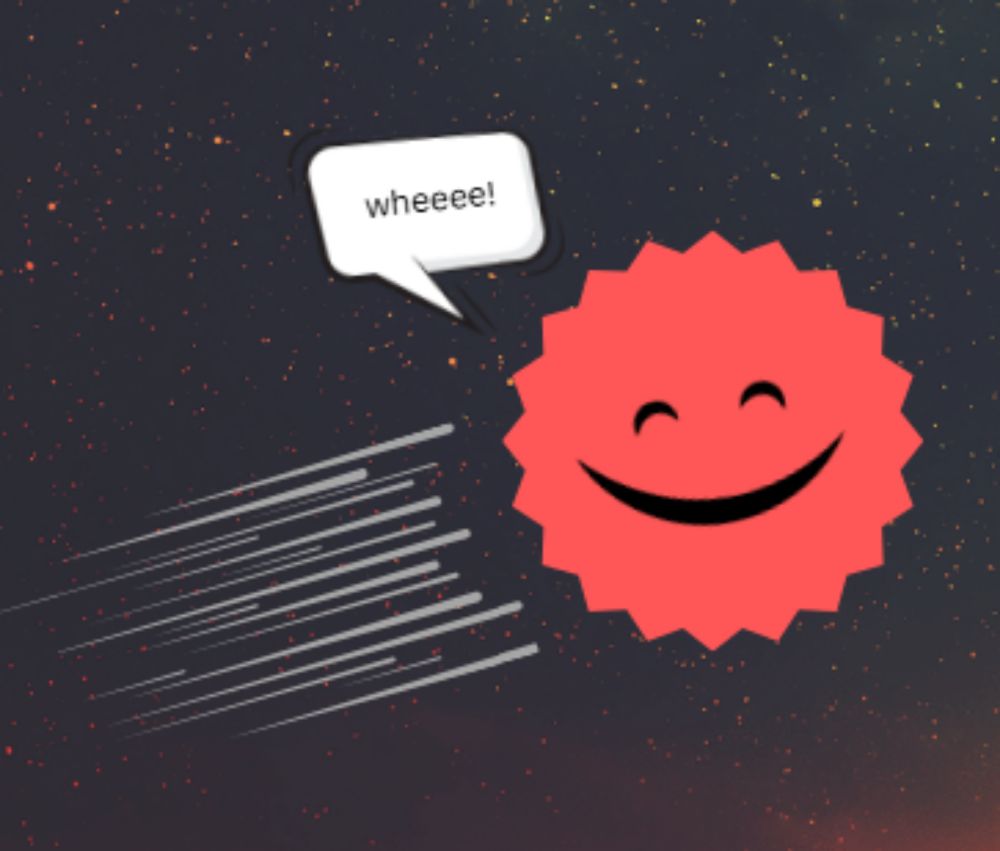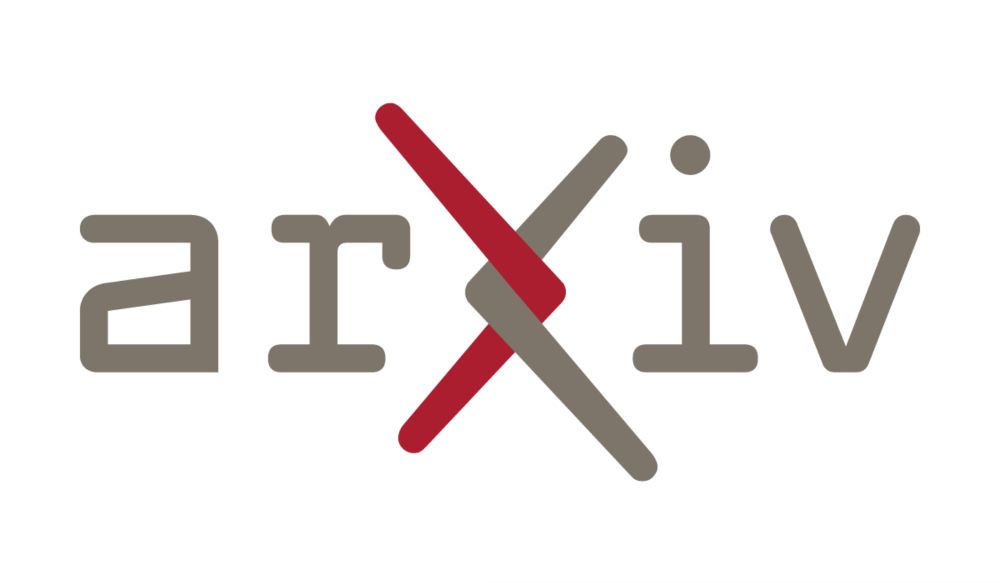This is why we fund scientists to study things like oyster slobber even if you don’t think it sounds important
30.09.2025 22:34 — 👍 16848 🔁 6364 💬 164 📌 96
Cecilia Payne-Gaposchkin ✨ figured out what stars are made of ✨ when she was just 25. 🔭🧪
Her PhD thesis basically established the Harvard astro department — at a time when Harvard didn't officially allow woman students.
I wrote this little profile to mark the 100th anniversary of her thesis:
24.09.2025 09:14 — 👍 1868 🔁 863 💬 21 📌 36

https://pubmed.ncbi.nlm.nih.gov/30922800/
Funding science is very important for a lot of reasons. One of those reasons is that you get papers like this
02.09.2025 18:37 — 👍 1 🔁 0 💬 1 📌 0
Simple Astronomy Animations — astro_animations documentation
the semester is starting! here are some of my teaching resources online:
intro astronomy animations: zingale.github.io/astro_animat...
my computational astrophysics class: zingale.github.io/computationa...
my computational hydro text: open-astrophysics-bookshelf.github.io/numerical_ex...
#astro
20.08.2025 17:01 — 👍 15 🔁 5 💬 0 📌 0
finished project hail mary by andy weir! i loved it! &as someone that doesn’t consume astrophysical fiction ✨
“Do you believe in God? […] I think He was pretty awesome to make relativity a thing […] The faster you go, the less time you experience. It’s like He’s inviting us to explore the universe”
29.07.2025 14:24 — 👍 1 🔁 0 💬 0 📌 0
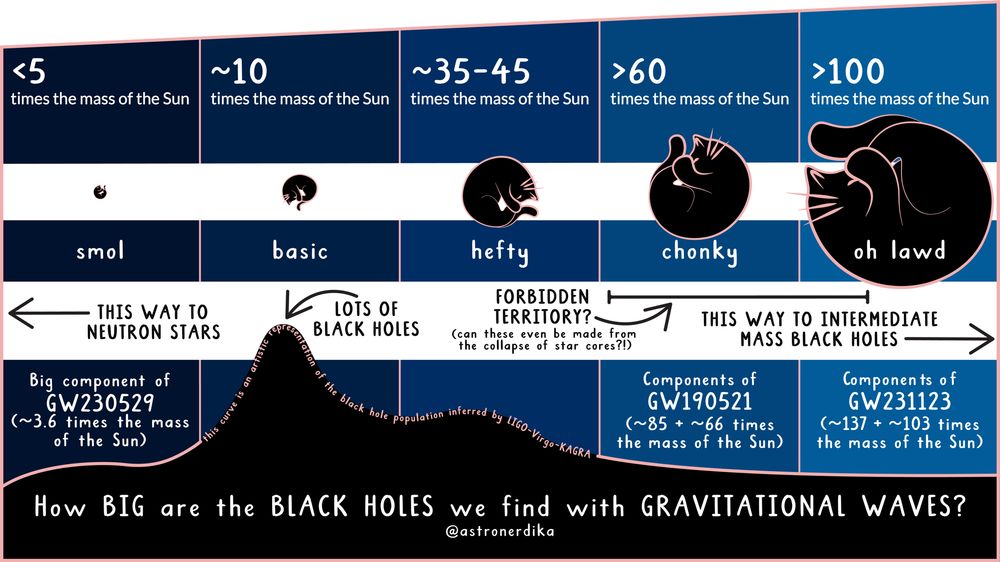
An infographic titled "How BIG are the BLACK HOLES we find with GRAVITATIONAL WAVES?" by @astronerdika. The graphic displays a range of black hole masses detected via gravitational waves, categorized by their size in solar masses (mass of the Sun) and represented with playful cat-like black hole illustrations.
The categories from left to right are:
1. "<5 times the mass of the Sun"
- Labeled "smol"
- Very small black hole illustration represented by a curled up black cat
- Arrow pointing left: "THIS WAY TO NEUTRON STARS"
- Example: "Big component of GW230529 (~3.6 times the mass of the Sun)"
2. "~10 times the mass of the Sun"
- Labeled "basic"
- Slightly larger black hole cat illustration
- Caption: "LOTS OF BLACK HOLES"
3. "~35–45 times the mass of the Sun"
- Labeled "hefty"
- Bigger black hole cat illustration
- Continues the idea of a populated range
4. ">60 times the mass of the Sun"
- Labeled "chonky"
- Large black hole cat illustration
- Caption: "FORBIDDEN TERRITORY? (can these even be made from the collapse of star cores?!)"
- Example: "Components of GW190521 (~85 + ~66 times the mass of the Sun)"
5. ">100 times the mass of the Sun"
- Labeled "oh lawd"
- Very large, curled-up black hole cat illustration
- Arrow pointing right: "THIS WAY TO INTERMEDIATE MASS BLACK HOLES"
- Example: "Components of GW231123 (~137 + ~103 times the mass of the Sun)"
Below the categories is a stylized black curve representing the inferred population of black holes detected by LIGO-Virgo-KAGRA. It rises sharply in the "basic" range and falls off toward the "hefty" and "chonky" ranges, with a note reading:
"this curve is an artistic representation of the black hole population inferred by LIGO-Virgo-KAGRA."
This infographic draws from the “Chonky Cat” meme.
Heard the latest news from the LIGO-Virgo-KAGRA collaboration? We detected the collision of the most massive pair of black holes so far: #GW231123 weighing in at ~137 + ~103 times the mass of the Sun!
So to celebrate, here’s a handy chart ✨
Just how chonky are these black holes? 🤔
26.07.2025 10:42 — 👍 537 🔁 152 💬 15 📌 15

‘One of the true final frontiers’ — Sally Ride biopic highlights the struggle of gay astronauts
The first US woman to fly in space said little about her personal life in public. A candid film discloses the pressures she endured.
NASA is erasing much of its progress towards inclusivity — a shameful change that goes against everything astronaut and astrophysicist Sally Ride worked for. My review of the new biopic SALLY, for @nature.com:
www.nature.com/articles/d41...
🧪🚀👩🚀🏳️🌈
22.06.2025 15:55 — 👍 133 🔁 39 💬 1 📌 0
Today for @blackinastro.bsky.social's theme of #ShareTheUniverse for 🪐 Black in Space Week 🔭, we have two very special interview articles with black astronomers Logan White and Phoenix-Avery Sarian! Summaries for each article and links in the thread below ⬇️!
18.06.2025 23:52 — 👍 31 🔁 14 💬 1 📌 0

Decks of cards marked Event, Time and Science Goal. Some of the cards lie face up. A scoresheet lies next to the cards.
How do astronomers decide that objects to observe? You and your students can now map the cosmos with our new card game.
We've distributed copies of to several SDSS institutions and anyone can download and print their own copy from the link below
voyages.sdss.org/hands-on-act...
06.06.2025 12:14 — 👍 31 🔁 9 💬 0 📌 2

the night sky right outside of big bend National park. Featuring Orion’s Belt and betelgeuse!
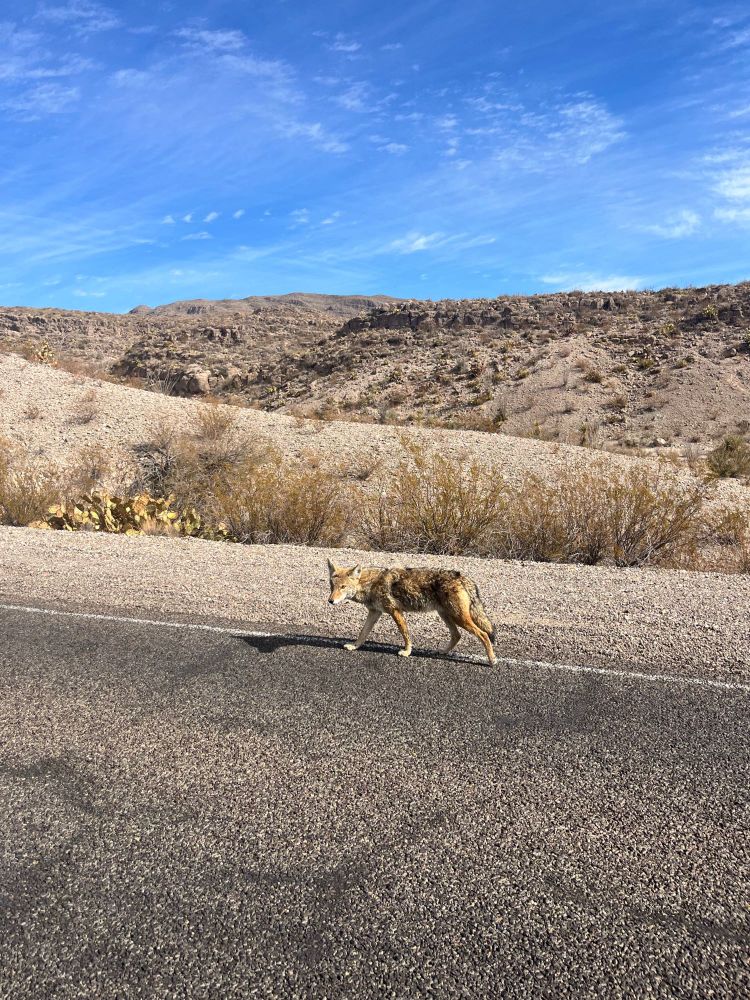
road puppy!!! (Not actually, just a coyote)
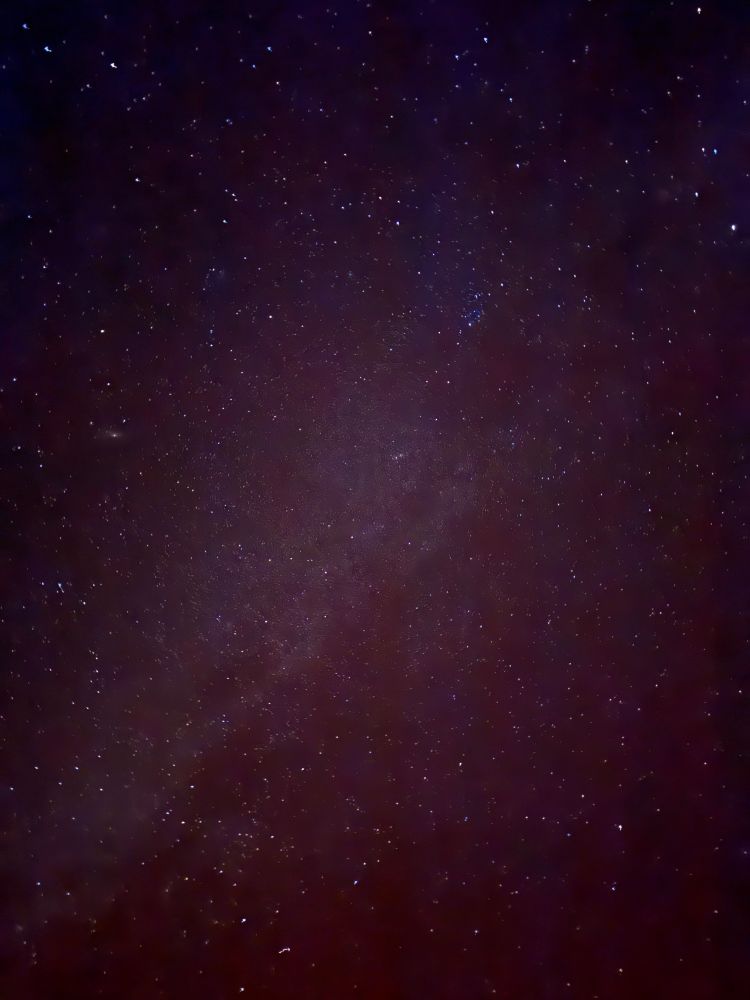
the disk of the Milky Way as pictured during a big bend star party
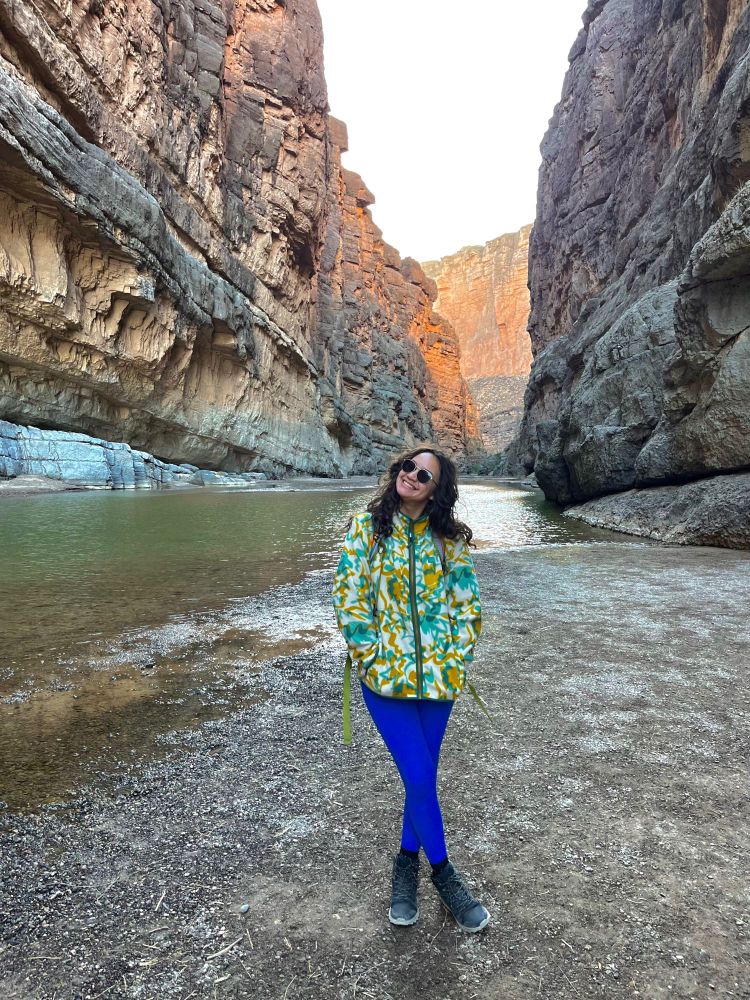
Me, a little chilly but cheering very big hiking the Santa Elena canyon. The land on the left is Mexico and the land on the right is the US!
in appreciation and solidarity of our national parks, some pictures of my January big bend trip🏜️the beauty, knowledge, and community the parks bring truly cannot be stated enough.
and half the park is after dark!🔭
26.02.2025 00:53 — 👍 27 🔁 2 💬 1 📌 0
Tired of wondering which atomic lines are in your spectra? You need:
*whose line is it anyway?* An interactive tool for identifying atomic spectral lines. 🧪🔭 #stars
install:
pip install whoseline
source:
github.com/bmorris3/who...
24.02.2025 18:11 — 👍 282 🔁 67 💬 9 📌 7
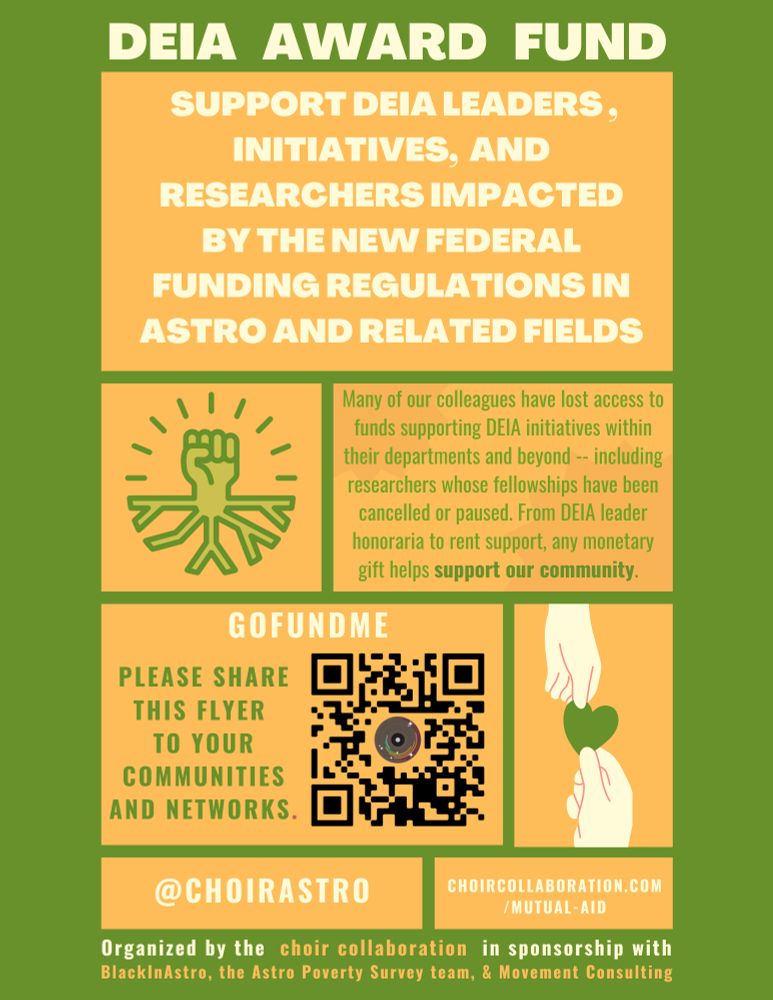
MUTUAL AID ALERT:
Stand with our community in Astro+ adjacent fields impacted by the attack on DEIA, support our community by giving aid through our GoFundMe. See links in thread!
- choir collab, @blackinastro.bsky.social, Astro Poverty Survey Team, MVMT Consulting @dranicole.bsky.social)
19.02.2025 18:28 — 👍 74 🔁 50 💬 2 📌 3
Thank you!! It is crazy standing next to this and thinking "wow this is the biggest thing I've ever seen" meanwhile there's a 10m telescope on the next mountain over!
07.02.2025 18:30 — 👍 3 🔁 0 💬 0 📌 0
So glad I decided to get out of my comfort zone to try one of the feeds (Science by @bossett.social). Immediately shown cool stuff like this paper that introduced me to the coolest job ever of "Galactic archaeology". How much do I understand? Maybe 10%. Am I fascinated? 100%.
06.02.2025 08:28 — 👍 2 🔁 1 💬 1 📌 0
This is so kind! We use stars as fossils to piece together the creation of the Milky Way 🌌 Nothing better than getting to learn new science 🤩
06.02.2025 19:12 — 👍 1 🔁 0 💬 1 📌 0
Merci beaucoup!!
06.02.2025 19:10 — 👍 1 🔁 0 💬 1 📌 0
This particular night I was observing several different metal-poor stars in the disk of our Galaxy, looking for heavy elements (like Uranium and Thorium)
05.02.2025 19:26 — 👍 8 🔁 0 💬 0 📌 0
Luckily haven't encountered any pigeons! I was on the lookout for bears though😁
05.02.2025 19:26 — 👍 2 🔁 0 💬 0 📌 0

A graph of atmospheric carbon dioxide concentrations at the Mauna Loa observatory, Hawaii, from 1958 to 4th February 2025. It shows carbon dioxide levels rising at an accelerating rate over the decades. This is known to be due to emissions of carbon dioxide from human activity, mainly fossil fuel burning but also deforestation. The first CO2 concentration value in March 1958 was 315 parts per million (ppm). The latest daily value is 426 ppm. The graph also shows a seasonal cycle of a few ppm within each year, which is known to be linked to the growing season in the northern hemisphere causing a temporary uptake of carbon in spring and summer and release in autumn. The graph is produced routinely by the Scripps Institution of Oceanography, UC San Diego.
Although NOAA's page on atmospheric CO2 levels has vanished, you can still get this vital information from Ralph Keeling's team at the Scripps Institution of Oceanography, UC San Diego keelingcurve.ucsd.edu
Please follow bsky.app/profile/keel... for updates and share
Don't let science be hidden
05.02.2025 10:27 — 👍 1821 🔁 959 💬 45 📌 45
Have you ever wondered what it looks like when an astronomer starts up a 2.7m telescope for the night? Wonder no more 🔭
05.02.2025 16:12 — 👍 171 🔁 34 💬 7 📌 5
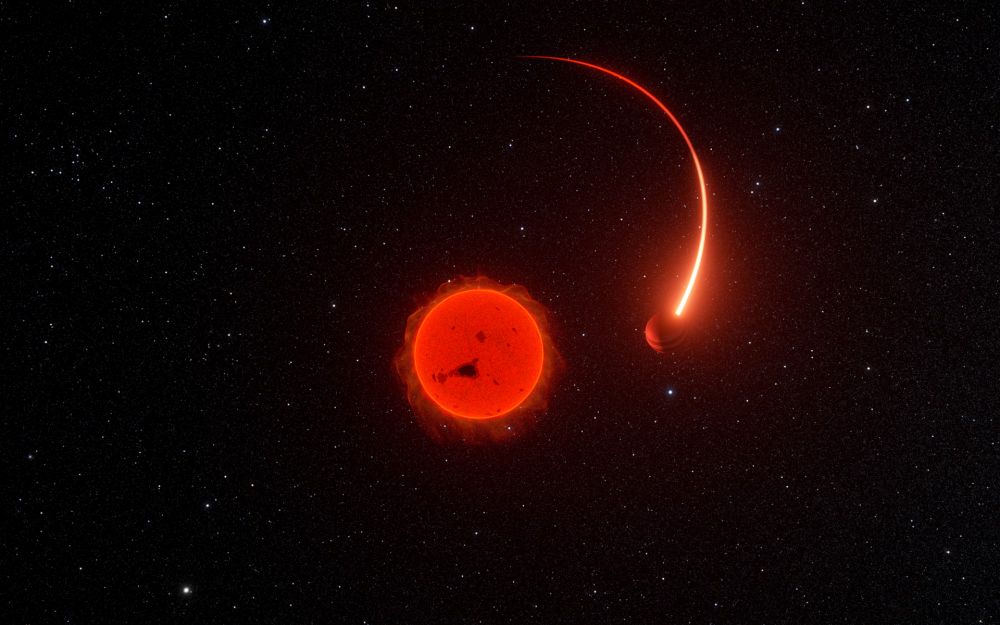
Wobbling stars reveal hidden companions in Gaia data
🔭 Our Gaia telescope has revealed two mysterious objects: a huge exoplanet & a brown dwarf, both orbiting low-mass stars, a scenario thought to be extremely rare.
This is the first time a planet has been discovered by Gaia’s ability to sense wobbling stars 👉 esa.int/Science_Expl...
04.02.2025 14:09 — 👍 1668 🔁 216 💬 18 📌 6
🔭 don't miss out on our investigation on the Galactic disk, mapping chemical azimuthal variations🗺️
28.01.2025 22:26 — 👍 8 🔁 0 💬 0 📌 0
I am a third year graduate student studying Galactic archeology and stellar spectroscopy, researching the formation of the Milky Way with the light we get from stars in our Galaxy🔭
28.01.2025 19:27 — 👍 2 🔁 0 💬 1 📌 0
yes !
28.01.2025 19:25 — 👍 1 🔁 0 💬 1 📌 0
@bot.astronomy.blue signup :)
28.01.2025 19:22 — 👍 2 🔁 0 💬 1 📌 0
Astronomy & Astrophysics Ph.D. Student at the University of Arizona | High-Contrast Imaging of Exoplanets and Brown Dwarfs 🪐
Under new management
Submit entry by tagging @PlotAstro.bsky.social
star cluster memes worse than your isochrone fit 📉
voted #1 Blanco 1 fan by the Blanco 1 fan club
✨ maintained by @emily.space ✨
Astrophysicist and rock-enjoyer. Slartibartfast's apprentice. Postdoc at ARCO, Open University of Israel. PhD from UNLV. Northwestern University Alumni.
A podcast where Payel Das (@payeldas.bsky.social) and Michelle Collins (@runningastronomer.bsky.social) discuss papers from astroph
Starxiv.com
Spotify - https://shorturl.at/xdTFw
Apple - https://shorturl.at/nKFNj
RSS - https://rss.com/podcasts/starxiv
BU Astrophysics ‘24 ✨ | Current Fulbright at UToronto 🍁 | soon to be grad student at University of Arizona 🌵| she/her
🕵️ Investigator of ripples in space-time (astrophysicist)
✨ Postdoc fellow at Northwestern Uni + Adler Planetarium 🇺🇸
linktr.ee/astronerdika | 🇦🇺🇱🇰(she/her)
NSF Post-Doc at @CUBoulder
Celebrating and amplifying the Black experience in space-related fields. EST. 2020
✉️ blackinastro@gmail.com
Website: blackinastro.com
linktr.ee/blackinastro
extragalactic observer • phd student @ ut austin • choir collaboration member • smith ‘20 • astrobites writer • she/her • 0cooper.github.io
Ph.D. atmospheric scientist🌎, nuclear engineer☢, 📰 #antarctica
South Pole Station 🐧 http://amzn.to/2klpv3b 🐧
NSF Astronomy and Astrophysics Postdoctoral Fellow at Columbia University
Astronome amateur 🔭📸 Etudiant en robotique spatiale à l'EPFL 🛰🔧 Veut explorer l'univers à coups de robots 🤖
Alumni Polytechnique X2021 🟡 et OCA 🌌
https://astroaure.github.io/
Geophysicist | Astrophysicist at the Royal Observatory of Belgium.
Fluid Dynamics of Rotation | Helio/Asteroseismology | Planetary Fluid Cores. Mostly pics of clouds and timelapses. All media by me. He/him.
Lecturer in numerical cosmo @ LION+STRW Leiden University. Lead dev. of @swiftsimulation.bsky.social astro and cosmology code. #HPC. Creator of fake universes; all including cheese. 🇨🇭
www.matthieuschaller.com
Studying MPhys Astrophysics with Space Science at The Open University. Aspiring astrobiologist/planetary scientist. FRAS. BSc (Hons) Computing, CertHE Natural Sciences. http://guywatkins.space
Official account for McDonald Observatory, a research unit of The University of Texas at Austin, located in the Davis Mountains of West Texas.
(he/him)
Astrophysicist working on star formation and the interstellar medium. Oort Fellow @Leiden. Previously PhD @ANU Australia
Astronomer focused on Galactic archaeology, Muay Thai enthusiast and lover of bees
Astrophysicist, author (40 Ways to Know A Star, Milky Way Smells of Rum & Raspberries), artist, sewist, science communicator. English/Français/子供の日本語。Associate Professor. hEDS ♿️. She/her. 🏳️🌈. Opinions all mine.
https://www.jillianscudder.com/books



